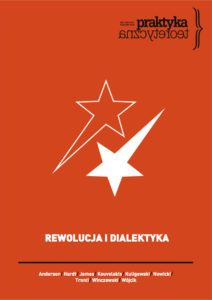Structure of demographic types of small towns in Poland spatial and temporal approach
Structure of demographic types of small towns in Poland spatial and temporal approach
Author(s): Wioletta Kamińska, Mirosław MularczykSubject(s): Applied Geography, Demography and human biology, EU-Approach / EU-Accession / EU-Development
Published by: Wydawnictwo Uniwersytetu Łódzkiego
Keywords: small towns in Poland; demographic types;
Summary/Abstract: The aim of this paper is to determine changes in the structure of demographic types of small towns in Poland between 2004 and 2013. It is assumed in the paper, following the Central Statistical Office of Poland, that small towns are urban settlements having less than 20,000 inhabitants. The time period covered in this study is the time of Poland’s accession to the EU, which brought reduction of many barriers on the labor market and in migration movement. Demographic types of small towns were determined using Webb’s typology. Natural increase and migration indicators constitute its base. It was found that the share of towns of progressive character decreased and the share of those of regressive character increased in the analyzed period. A negative migration balance had the greatest effect on the number of inhabitants of the analyzed settlement units. The described demographic changes in small towns in Poland were connected with the second stage of demographic transition.
Journal: European Spatial Research and Policy
- Issue Year: 23/2016
- Issue No: 2
- Page Range: 27-47
- Page Count: 21
- Language: English

